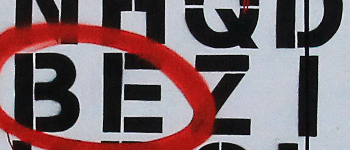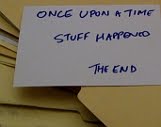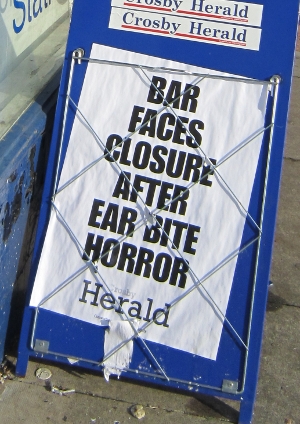Yesterday I submitted a chapter to my workshop teacher. It was first draft stuff, so I didn’t worry about a micro-edit. We all get a pass on typos and clumsy sentences first time round. But, as I prepared the submission, I noticed that the heft of the thing was pretty daunting. So I hacked it back. Then I hacked it some more. By the time I sent him the chapter, I’d cut out more than half of it.</div>
He turned it round fast, and last night I got his assessment back. “I like the burial scene,” he wrote, “how can we get to it faster?” I reread the chapter, and saw that he was right. The chapter sprawls along where it should zip, even after my cuts. The thing was a bloated mess. I had fallen into the wordcount trap.
Here’s how it works.
I arrive at a scene. Great, I think, there’s loads of potential here. There are abandoned buildings to describe, meandering rivers, brooding forests. I can go mad with the derelict cars, and the empty windows. It will keep me in wordcount all week.
It’s not just during NaNoWriMo that I have targets. Over the last year I’ve increasingly committed to a daily quota. I don’t feel that I’m working if I don’t make the target. Unfortunately, I’ve become too good at generating words. I’m writing for the sake of the count, and not for the sake of the story.
This is the downside of zombie writing. Although I think it’s a good idea to muzzle your inner editor and let the writing flow, it’s also important to dig a channel for your words first. Free writing is great, but if you don’t contain it, it will just spread out and overwhelm your novel.
An outline helps here because it keeps you mapped to your story, but it isn’t always enough on its own to keep your writing focused. That’s because, even with the wider path it provides, you can still go deep. Very deep. After all, you can fit an entire novel into 20 minutes of elapsed time. A simple dining room table could inspire a chapter on its own. Think of all those owners, the scenes it has hosted. One table and a week’s worth of words.
As I write this stuff I know that I’m going to have to cut it out again. It’s holding up the action rather than supporting it. But it’s fun to write, it makes me feel productive, and, hell, some of it is pretty good. It almost seems worth it.
So what to do? Over the last month I’ve been trying out some techniques to add focus to my writing. I’ve found that I get the best response from readers when I take the time to sketch out the shape of a scene before I begin. I try to determine the events, the dialog, the stakes and the conflict. In the next post on this topic I’ll look at this in more detail.





